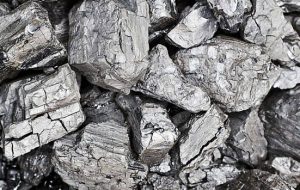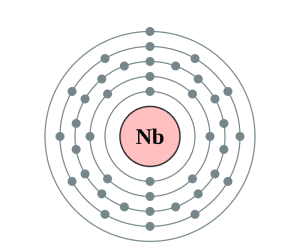
It is characterized by being a transition metal with a gray tint, it has high hardness and low density. It has a high resistance to corrosion by chlorine, aqua regia and sea water.
This element is very abundant in mineral deposits, mainly in the form of oxides such as ilmenite and rutile, both of which are widely distributed in the lithosphere and the earth’s crust. It is also found in bodies of water, living things, and extraterrestrial objects. The extraction of this element starts from the ore and is carried out according to the Hunter method or the Kroll method.
The most popular compound is titanium dioxide, used in the manufacture of white pigments and in photocatalysis. Other common compounds are the catalyst component titanium tetrachloride and titanium trichloride which is used to catalyze the production of polypropylene.
Electron configuration of titanium

With the Electron configuration of each element, it is possible to specify how the electrons are structured in the atoms of this element.
In the case of titanium, its average radius is 140 pm, its covalent radius is 136 pm, its Bohr radius or atomic radius is 176 pm. In total titanium has 22 electrons, its distribution is as follows: the first layer has 2 electrons, the second has 8, the third covers 10 and in the fourth there are 2 electrons.
Physical properties
Titanium is a metallic element that has the greatest ratio of density and hardness. This metal is strong, its density is low and its ductility is high, mainly in environments where there is no oxygen. Its color is metallic white. Its melting point is above 1650 degrees Celsius, which is relatively high, allowing it to be useful as a refractory metal. It has low thermal and electrical conductivity and is paramagnetic.
Chemical properties
Like magnesium and aluminum, titanium and its alloys tend to oxidize when exposed to air. Titanium reacts with oxygen at a temperature of 1200 degrees Celsius in air and in pure oxygen at 610 degrees Celsius, creating titanium dioxide.
Despite this, the oxidation reactions that occur in contact with water and air are slow due to the passivation that creates an oxide layer that protects the metal from its own oxidation. Initially, when this protective layer is created, it is only 1-2 nm thick, slowly increasing in size to 25 nm over four years.
Titanium is extremely corrosion resistant, compared to platinum, as it can withstand attack from strong mineral acids such as sulfuric and other oxo acids from almost all chlorine solutions and organic acids. But attacks from concentrated acids create more corrosion. Titanium is very thermodynamically reactive.
The metal begins to burn before reaching the melting point and this can only occur in a vacuum or in an inert atmosphere. It combines with chlorine at a temperature of 550 degrees Celsius, reacts with other halogens and absorbs hydrogen.
It consists of being one of the few elements that can burn in pure nitrogen having a reaction at a temperature of 800 degrees Celsius to create titanium nitride, which leads to a loss of ductility in this material.






